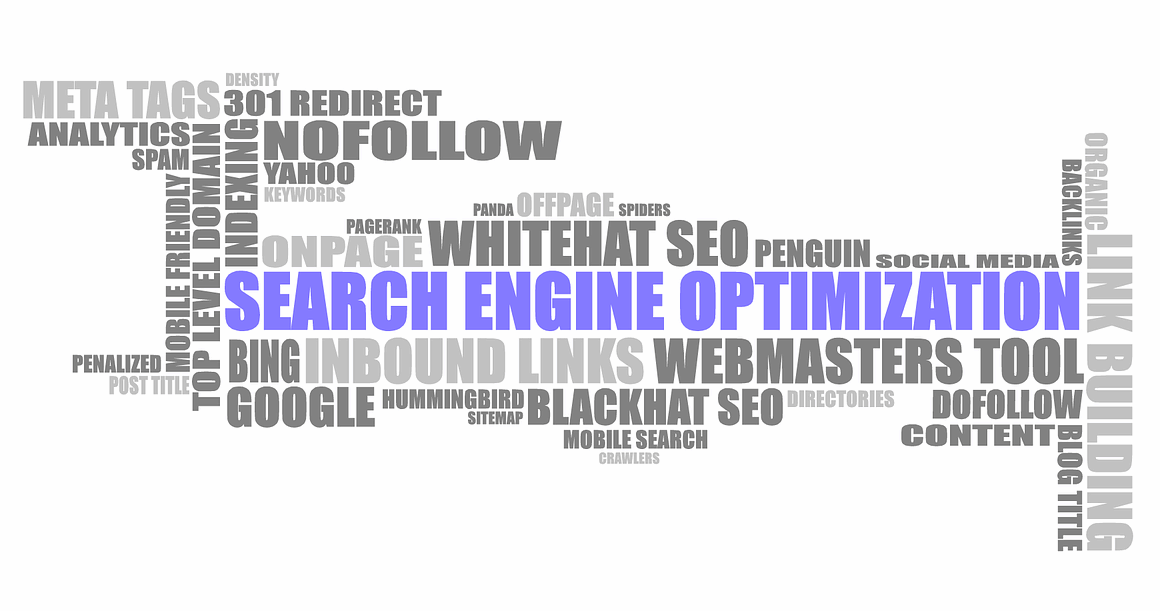Best Practices for Disavowing Toxic Backlinks in SEO Recovery
In the field of SEO, maintaining a healthy backlink profile is critical for your website’s rankings. Toxic backlinks can lead to penalties from search engines, severely impacting your site’s visibility and traffic. To recover from such penalties effectively, you first need to identify these harmful links. Tools like Google Search Console and SEMrush provide information regarding your backlinks, helping you pinpoint which ones may be toxic. Once identified, start compiling a disavow list, which will be crucial for the recovery process. Remember to analyze the anchor text and referring domains on your backlink profile. Look specifically for low-quality sites or irrelevant links that pose risks. It’s important to act swiftly; the longer these bad links remain, the more detrimental their effects can be. Keep your online reputation intact by regularly auditing your links and staying ahead of potential issues. If you never disavow harmful backlinks, and they continue to accumulate, your rankings may suffer significantly as a result. This proactive approach can make all the difference in your SEO recovery efforts. Never underestimate the power of healthy backlinks.
After compiling your list of toxic backlinks, you need to create a disavow file.
This file should include the URLs or domains that you want Google not to consider when evaluating your site’s backlinks. The correct formatting is essential; you must use the proper syntax. For individual URLs, you can write them directly in the text file, while domains should start with the ‘domain:’ notation. Make sure your disavow file is saved as a plain text file, which Google specifies as necessary for optimal results. After preparing your disavow file, it’s time to upload it to Google’s Disavow Tool, found in the Google Search Console. This step signals to Google that you are aware of these toxic backlinks and are taking action. Additionally, it is wise to maintain a backup of your disavow file for future reference. Monitoring the effects of your disavow efforts is also crucial; track changes in your site’s rankings and traffic after submitting the file. Patience is vital, as changes won’t be instant, but systematic monitoring will provide insights.
Follow-Up Actions After Disavowing
After submitting your disavow file, continuous monitoring is key.
Analyzing your backlink profile should become a regular practice. Use tools to keep an eye on new backlinks that may accumulate over time. You want to ensure that no new toxic links get added to your profile. Establishing a routine could involve monthly or quarterly checks on your backlink structure. Additionally, focus on building quality backlinks post-disavowal. Engage in outreach efforts to earn links from authoritative and relevant sites. Quality links can boost your recovery efforts, enhancing your site’s credibility and rankings in search results. It’s also critical to learn from past mistakes; understand where the toxic links originated and how to avoid similar situations in the future. Implementing strict quality control for future backlink acquisitions will shield against further penalties. Networking with credible entities in your niche can aid in building sustainable linking relationships. Consider diversifying your backlink sources to protect your site’s standing. Staying informed about SEO best practices can provide you with a safer online landscape.
Another aspect to consider is recovery from penalties.
Once you disavow harmful links, you should focus on addressing the penalties your site may have incurred. If Google has specifically issued a manual penalty, submitting a reconsideration request is necessary. In your request, you need to outline the actions you’ve taken to disavow toxic backlinks. Be transparent about your disavow efforts and rebuilding strategies. Highlighting your commitment to rectify the situation can positively influence Google’s perspective of your site. Ensure that your website remains compliant with all of Google’s guidelines moving forward. The reconsideration process doesn’t guarantee success, but thorough preparation increases your chances significantly. Additionally, maintaining communication with your audience through social media and email can help rebuild your brand reputation during recovery. Stay proactive and accountable in all aspects of your SEO strategy, as this builds trust over time. Keep in mind that recovery may take time, and patience is essential during this process. Regularly share updates and improvements on your site’s status to keep your audience engaged amid recovery efforts.
Building A Clean Linking Strategy
Post recovery, it’s vital to develop a clean linking strategy.
Focus on creating high-quality content that attracts organic backlinks. Implementing effective content marketing strategies can significantly improve your site’s profile over time. Blog posts, infographics, and videos that provide value to users can naturally encourage backlinks from reputable sources. Establishing relationships with industry influencers can aid in obtaining quality links as well. Outreach strategies should include personalized emails to entice these influencers to link to your content. Additionally, guest posting on relevant blogs can give you the opportunity to gain backlinks. Be mindful of guest post quality to ensure that you are associating with high-authority sites. Your linking strategy should also prioritize relevance, meaning that backlinks ought to come from sites with content that aligns with your niche. This not only boosts your site’s credibility but also builds an organic audience. Avoid pursuing shortcuts like link farming or excessive paid links, as these can ultimately incur burdens on your ranking stability. Remember that authentic strategies yield long-term benefits.
Analytics play an essential role in your recovery journey.
Utilizing Google Analytics to track user behavior will provide insights into the effectiveness of your strategies. Key performance indicators such as organic traffic, bounce rates, and session duration should be evaluated regularly. Pay attention to any fluctuations that may indicate ongoing issues, including potential toxic backlinks re-emerging. Adjustments to your strategy may be necessary based on the data you gather. Regularly updating your content can also help in staying relevant, along with SEO best practices evolving over time. Keeping abreast of SEO trends and algorithm updates ensures that your site remains compliant and competitive. Performing A/B testing on different elements of your site can help in determining what works best for user engagement and conversion rates. Additionally, consider gathering user feedback to understand their experiences on your site better. Adapt your strategy based on this information to improve user satisfaction and give your audience a seamless browsing experience. SEO is always evolving, and being proactive will keep you ahead of potential penalties in the future.
The Importance of Consistency in Efforts
Consistency is critical in maintaining a healthy link profile.
Once you successfully recover from penalties, don’t let your guard down. Achieving a clean backlink profile requires ongoing diligence. Regularly audit your backlinks, focusing on both new and existing links. Staying consistent with your strategies and practices will ensure that you don’t face another penalty in the future. Cultivating a proactive mindset aids in tackling issues before they escalate. Consistently engage with your audience through valuable content can also build trust and increase your domain authority. Strategic sharing of your content across different platforms can help in gaining visibility and attracting organic backlinks. Additionally, consider integrating social media interactions into your overall strategy to increase engagement. Adapting to trends while maintaining quality can attract more relevant traffic, enhancing your online reputation. Emphasize creating community-oriented initiatives to build strong relationships within your niche. Consistency in outreach, content quality, and link acquisition is pivotal for your long-term SEO success. If you maintain this focus, you are likely to recover gracefully from past challenges.
In conclusion, effectively managing toxic backlinks requires a multifaceted approach.
From disavowing harmful links to adopting best practices, your options are vast and varied. Each step, including careful monitoring and consistent efforts, plays a vital role in your site’s health. Recovery from penalties isn’t just about submitting a disavow file; it encompasses ongoing strategies, brand reputation management, and audience engagement. The evolving nature of SEO necessitates staying informed about best practices, enabling you to sustain your rankings over time. Connect with the SEO community to gather insights and share experiences that can benefit your journey. This collaboration may provide fresh ideas and techniques to integrate into your strategies. Remember, your long-term success hinges on understanding both the technical and creative aspects of SEO. By prioritizing quality links and transparent communication with your audience, you are laying a strong foundation. Furthermore, consistency in your practices will help you navigate challenges more effectively. Embrace the journey ahead, and with determination, you will see the fruits of your labor in improved performance and robust search visibility.


